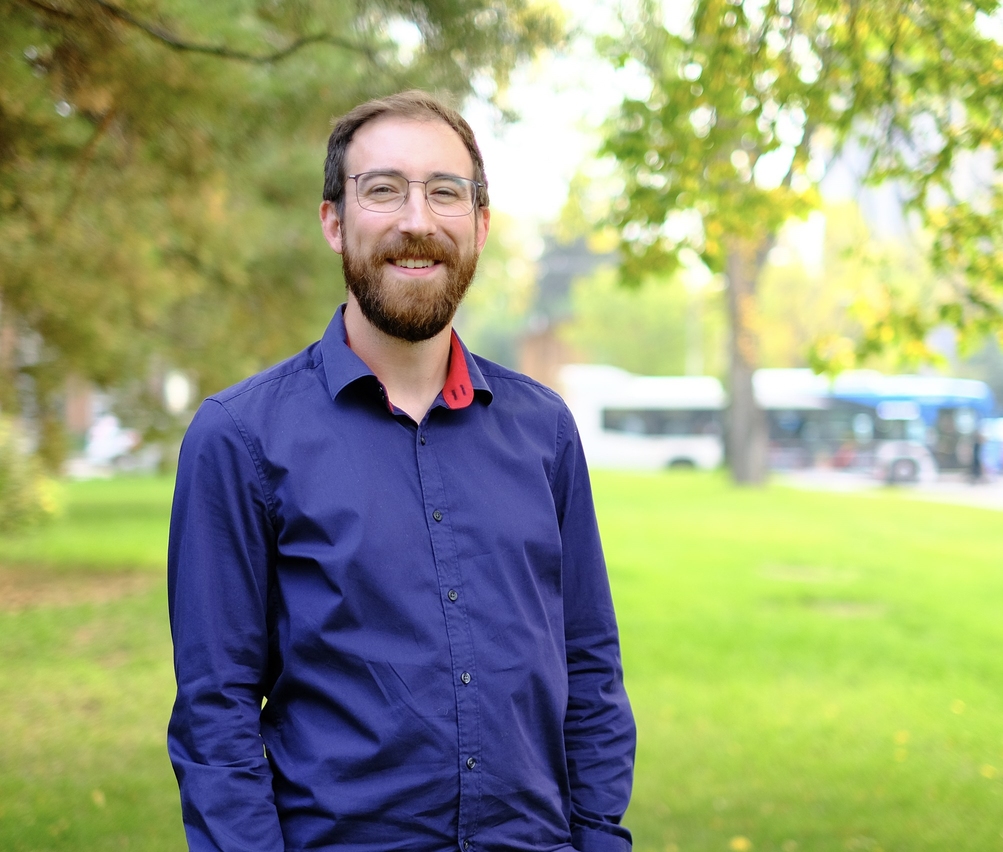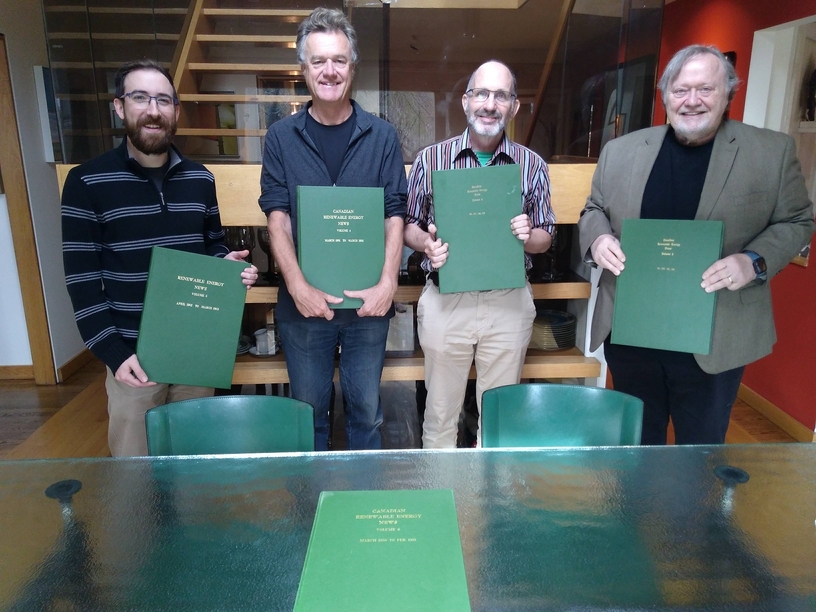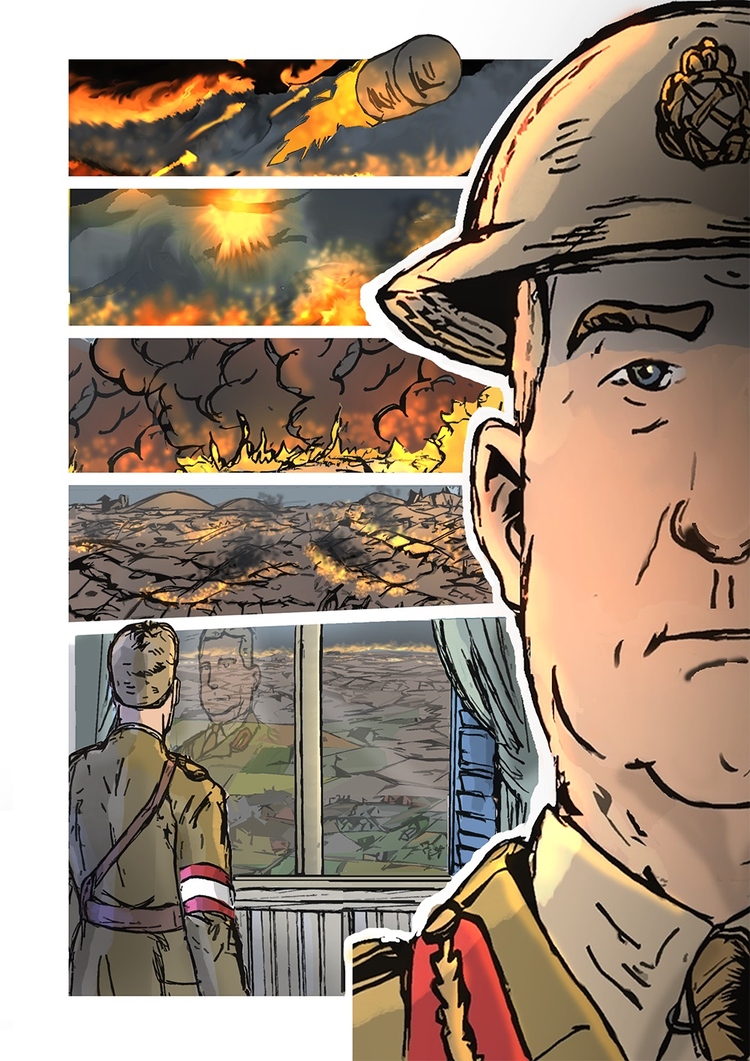
Scholars receive prestigious History of Healthcare funding to explore health and society
In November of 2023, AMS Healthcare announced their History of Healthcare 2023 Award recipients, with two USask researchers receiving a combined $70,000 in funding towards their individual scholarly work.
By Kassidy GuyAMS Healthcare is a Canadian charitable organization that was created 85 years ago to catalyze change in healthcare. Their main areas of focus include research surrounding compassionate healthcare technology and the history of medicine. In 2023, AMS Healthcare recognized 11 historians who are working to enhance the impact and value of the history of healthcare in Canada and beyond. Justin Fisher (PhD candidate) and Matthew Barret (Postdoctoral Fellow) from USask’s Department of History were among the outstanding 11 award recipients.

Justin Fisher, a PhD candidate in the Department of History, received a Doctoral Research Award valued at $25,000 from AMS Healthcare for his research focused on the impacts of the 1970s energy crisis in Saskatchewan, which focuses on themes of technology, health, and democracy.
Born and raised in Saskatoon, Fisher earned his Bachelor of Arts degree from USask in 2011. A few years later, he moved abroad to the United Kingdom to pursue graduate studies and earn his Master’s in History of Science, Technology & Medicine.
During his time abroad, Fisher became interested in the topic of environmental history as he studied the historical intersections between agriculture and the environment in Britain. When he moved back to Saskatchewan, his interest in environmentalism continued to grow and he saw further graduate school as an opportunity to continue to work towards solving environmental issues.
“I’ve grown up in this era of climate crisis, so I’ve been thinking about questions around energy for a long time,” said Fisher, “I realized that there might be some interesting historical perspectives to bring into that conversation, too.”
Fisher’s PhD research at USask focuses on Saskatchewan during the energy crisis from 1971 to 1982 and how this period highlighted the consequences of our societal energy choices. This includes an examination of social movements, such as the environmental and Indigenous rights movements, and their push to have more of a say in those choices.
Throughout the energy crisis, Saskatchewan was well-positioned to profit off rising energy commodity prices due to the rich availability of oil, natural gas, coal, and uranium throughout the province. However, this period also marked an increased interest in renewable energy potential in Saskatchewan. Researchers explored the potential for wind and solar energy projects, along with energy conservation, as an efficient alternative to fossil fuel consumption. The 1970s were also a period of debate surrounding nuclear power development in Saskatchewan. Many communities expressed concern about the environmental and health risks associated with being exposed to radiation and the storage of radioactive waste.

Fisher first learned about AMS Healthcare when the USask Department of History hosted the annual Manitoba-Northwest Ontario-Minnesota-Saskatchewan (MOMS) Medical History Conference in 2022. “We put together a panel on some of the intersections between health and the environment and it was a lot of fun,” said Fisher, “The participants were very encouraging and a number of them, including Erika Dyck (PhD) in the USask Department of History, brought up AMS Healthcare and their funding for health and health-adjacent projects.”
Fisher’s experience at the MOMS conference encouraged him to explore how his historical research already spoke to the themes of health and healthcare. “I realized that a lot of the debates that were happening around new energy projects in the 70s were actually being framed around concerns about health – whether that was the impact that uranium development would have on human bodies, or this idea that conserving energy and developing renewable energy was actually just more supportive of healthy bodies and environments.”
Armed with the confidence gained from the MOMS conference and the support of his colleagues, Fisher began to explore the existing relationship between his historical research and healthcare in Canada, earning him the prestigious Doctoral Research Award from AMS Healthcare

Matthew Barrett (PhD) was awarded a $45,000 Postdoctoral Fellowship through AMS Healthcare. His project, titled “Visualizing the Invisible Wound”, combines the concepts of graphic history and graphic medicine to examine the historical representations of war trauma in an accessible, easy-to-digest format.
Graphic history is a comic book approach to the past that uses art and fictionalized storytelling to illustrate a realistic depiction of past events. The process of illustrating historic events forces historians to confront the uncertainties and ambiguities that come from studying history and consider different pieces of evidence to better understand what moments may have looked and felt like at that time.
“I always loved to draw as a kid and it was part of the reason why I became interested in history,” said Barrett, “I would read things and I would want to draw them, and I was influenced by historically based comics.” Despite his lifelong interest in graphic arts, Barrett hadn’t considered illustrated storytelling for his own studies until he was pursuing his PhD at Queen’s University.
During his PhD, Barrett connected with the Hill 70 Memorial Project, a volunteer-led group with the goal of educating Canadians about a World War I battle that had nearly been lost to history. Barrett and his colleague, Rob Engen (PhD), collaborated to develop a graphic novel-style booklet to be included in the Hill 70 Project’s education project. After seeing massive interest in the booklet from teachers in the community, Barrett and Engen were able to secure funding for a full-length graphic novel called Through Their Eyes, published by the McGill-Queens University Press.
After completing his PhD at Queen’s University in 2019, Barrett went on to do a two-year postdoctoral fellowship funded by SSHRC at the Canadian War Museum, where he continued to explore graphic history and how it can be used with an academic lens to make history more accessible.

As Barrett was nearing the end of his fellowship with the Canadian War Museum, he came across AMS Healthcare’s History of Healthcare fellowship opportunities. He learned that many Canadian historians focused on military history topics had been successfully in securing funding through AMS Healthcare, and he began to explore the concept of graphic medicine and how it could be combined with graphic history.
Graphic medicine is a separate field that emerged out of the medical humanities that takes a comic book approach to healthcare issues and often serves as an educational resource for medical professionals. Barrett’s project approach combines the history of medicine and graphic medicine, specifically focusing on illustrating the history of invisible wounds.
“[Graphic medicine] is supposed to show doctors how they are piecing together bits of information to form a diagnosis – that’s what historians do. They’re attempting to piece together fragmentary records and put it together into a narrative that makes logical sense,” said Barrett, “That is literally what a comic book does, it’s different pictures that are separated by blank spaces, and then the reader needs to mentally link one image to the next to form a story.”
During his postdoctoral fellowship with USask, Barrett hopes to develop a graphic novel telling the story of a patient suffering from an invisible wound and their doctor, and the different versions of the truth that they are presenting to one another.
Together, we will undertake the research the world needs. We invite you to join by supporting critical research at USask.

